Did you know that Honda’s Blind Spot Information (BSI) system has kept drivers safe for over a decade? It’s true!
However, even with this technology, many Honda owners still feel uneasy when changing lanes on busy highways.
If you’ve ever found yourself nervously glancing over your shoulder, wondering if there’s a car hiding just out of view, you’re not alone.
The good news is that Honda’s BSI system has come a long way since its early days, and today, it’s more advanced than ever.
In this article, we’ll take you on a fascinating journey through the history of BSI development in Honda vehicles, from its humble beginnings to the cutting-edge technology we see today.
Learn how Honda has worked tirelessly to keep you safe on the road!
Early Development of BSI in Honda
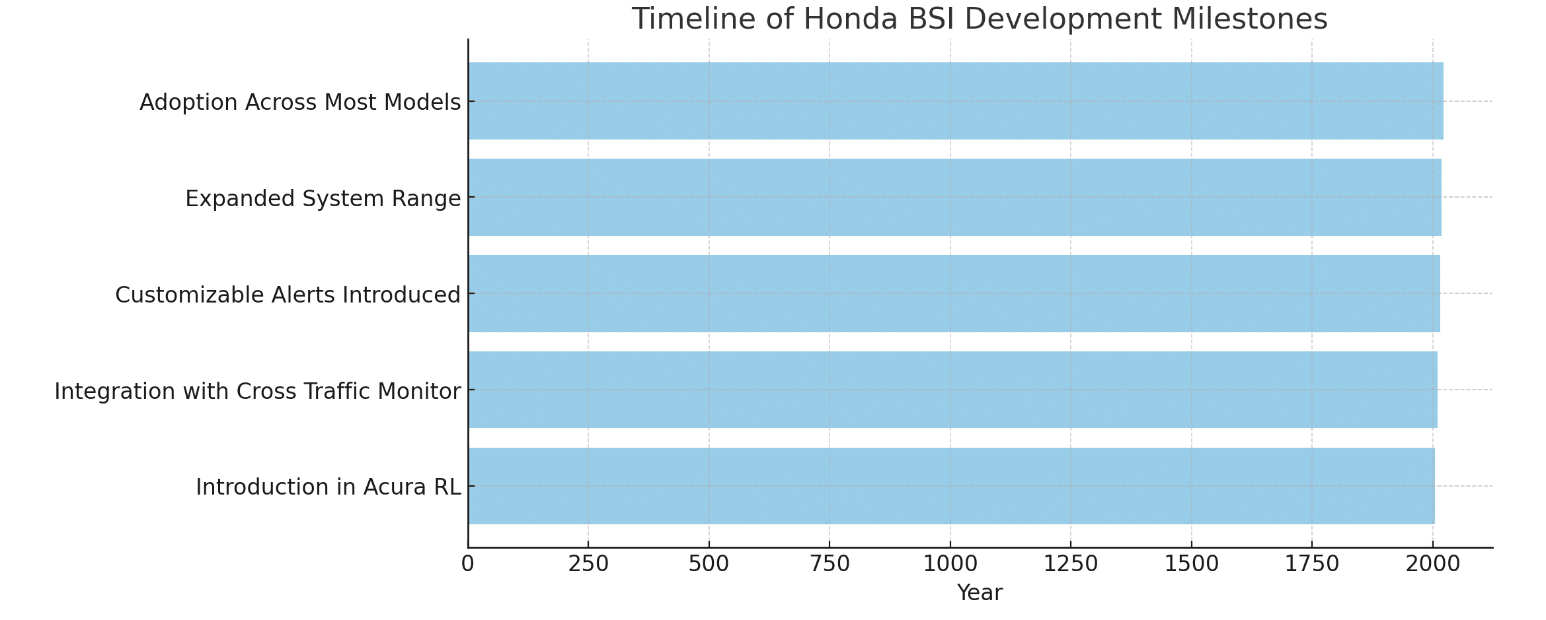
The automotive industry had already been exploring various safety technologies before the introduction of the BSI system in 2005 with the Acura RL sedan.
However, Honda’s BSI represented a significant advancement by focusing on blind spot detection to enhance road safety, marking a pivotal moment in integrating radar-based technologies in mainstream vehicles.
The launch of BSI was a significant milestone in automotive safety, as it marked the first time a mainstream automaker offered such an advanced feature.
Honda partnered with leading technology companies to develop the BSI system, leveraging their expertise in radar sensing and signal processing.
This collaboration allowed Honda to create a cutting-edge solution that could be seamlessly integrated into their vehicles.
Key Features of the Early BSI System
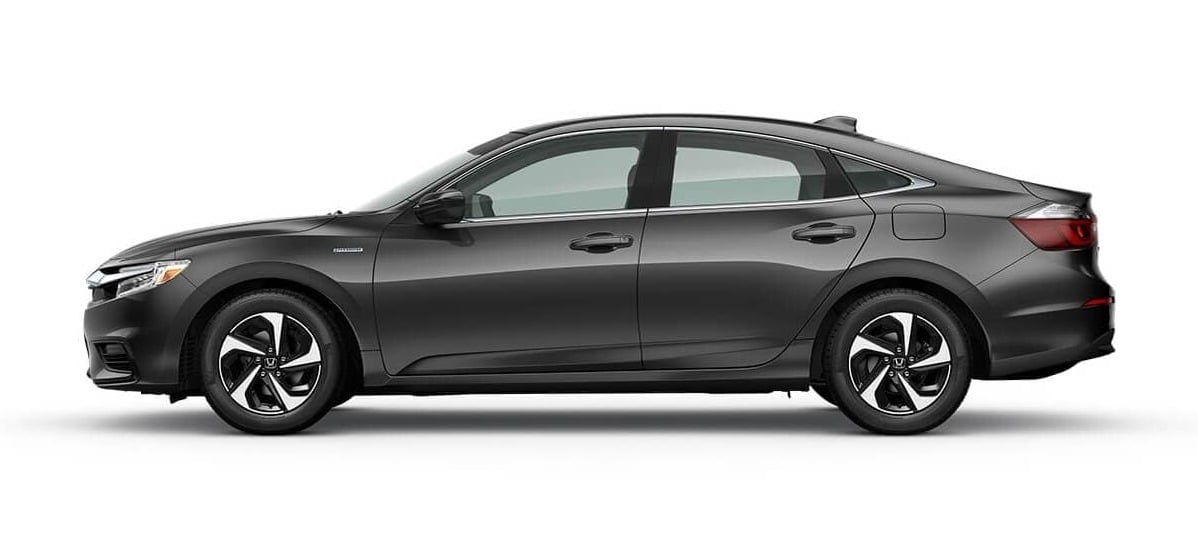
1. Radar Technology
The early BSI systems used sophisticated radar sensors mounted on the rear corners of the vehicle.
These sensors could monitor areas up to 10 feet to the sides and 15 feet back from the vehicle, providing comprehensive coverage of the driver’s blind spots.
Radar technology was a pioneering effort in automotive safety, setting the stage for future advancements.
2. Alert Mechanisms
When the BSI system detects a vehicle in the driver’s blind spot, it alerts the driver through a combination of visual and auditory cues.
A warning light, typically located on the side mirrors, would illuminate to indicate the presence of a vehicle.
If the driver activates the turn signal while a vehicle is detected, the warning light flashes, and an audible beep sounds, urging the driver to exercise caution.
3. Speed-Dependent Functionality
To ensure optimal performance and reduce distractions, the early BSI systems were designed to operate only when the vehicle was traveling above a certain speed threshold, usually around 20 mph.
This speed-dependent functionality allowed the system to focus on high-risk situations, such as highway driving, where blind spot accidents were more likely to occur.
4. Impact and Reception
The introduction of the BSI system was met with positive feedback from both consumers and industry experts.
Many praised Honda for its commitment to safety innovation and for offering a feature that had the potential to prevent accidents and save lives.
Early adopters of vehicles equipped with BSI reported increased confidence when changing lanes or merging, as the system provided an additional layer of awareness.
While data on the effectiveness of early BSI systems was limited, initial reports suggested a reduction in side collisions and other blind spot-related accidents.
5. Enhancements from Early Feedback
As with any new technology, the early BSI systems had room for improvement.
Honda listened closely to feedback from customers and industry professionals, using these insights to refine and enhance the system in subsequent years.
Some of the key areas of improvement included:
- Increasing the range and accuracy of the radar sensors
- Refining the alert mechanisms to be more intuitive and less distracting
- Integrating BSI with other safety features, such as lane departure warning and adaptive cruise control
By continually evolving the BSI system based on real-world feedback, Honda demonstrated its commitment to providing its customers with the best possible safety features.
These early enhancements set the stage for ongoing advancements and the integration of BSI technology into a wider range of Honda models in the years to come.
Advancements and Enhancements in BSI of Honda
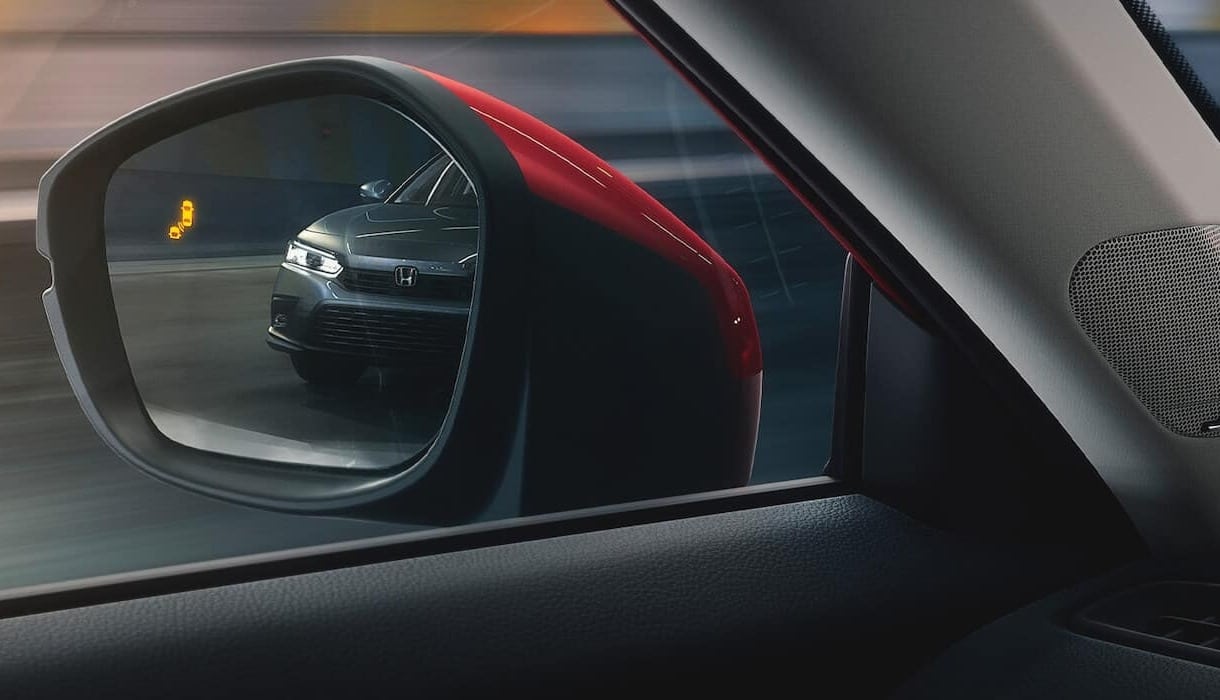
1. Key Advancements
Over the years, Honda has remained dedicated to improving its Blind Spot Information (BSI) system, consistently introducing new features and enhancements that elevate vehicle safety and driver convenience.
By staying at the forefront of technological advancements, Honda has ensured that its BSI system remains a leader in the industry, providing drivers with the tools they need to navigate the road confidently.
2. Integration with Cross Traffic Monitor
One of the most significant advancements in Honda’s BSI system has been its integration with the Cross Traffic Monitor.
This innovative feature takes safety to the next level by detecting vehicles in the driver’s blind spots and alerting them to approaching obstacles when reversing.
By working together seamlessly, the BSI and Cross Traffic Monitor provide drivers with a more comprehensive understanding of their surroundings, greatly reducing the risk of collisions in various situations.
When a vehicle or obstacle is detected while reversing, the Cross Traffic Monitor alerts the driver via the BSI system’s visual and audible cues.
This allows drivers to make informed decisions and take appropriate action to avoid potential accidents.
3. Customizable Alerts
Recognizing every driver has unique preferences; Honda has introduced customizable alert options in the BSI system.
This feature allows drivers to tailor how they receive alerts, ensuring a more personalized and comfortable driving experience.
Drivers can choose between audible and visual alerts or visual alerts only.
For those who prefer a more subtle approach, the visual-only option provides a warning light on the side mirrors without any accompanying sound.
Alternatively, drivers who want a more noticeable alert can opt for the combination of visual and audible cues.
This customization enables drivers to adapt the BSI system to their needs and preferences, promoting a more intuitive and user-friendly experience.
4. System Range Improvements
Honda has made significant strides in enhancing the BSI system’s detection range, which will provide drivers with even greater peace of mind on the road.
The latest iterations of the system boast an impressive coverage area, extending up to 13 feet rearward and 10.5 feet sideways from the vehicle.
This expanded range allows the BSI system to detect vehicles and obstacles that may have previously gone unnoticed, offering drivers a more comprehensive view of their surroundings.
With this increased coverage, the risk of side and rear collisions is greatly reduced, as drivers have more time to react and make necessary adjustments to their driving.
The continuous advancements in Honda’s Blind Spot Information system demonstrate the company’s unwavering commitment to enhancing vehicle safety and driver confidence.
By integrating cutting-edge technologies, such as the Cross Traffic Monitor, and offering customizable alert options, Honda has created a system that caters to the diverse needs of its customers.
BSI Adoption Across Honda Models
A closer look at the Honda lineup reveals the extensive integration of BSI technology across various models:
| Model | Year | BSI Availability | Additional Safety Features |
|---|---|---|---|
| Honda Accord | 2022 | Sport trim and above | Collision Mitigation Braking System, Road Departure Mitigation |
| Honda Insight | 2022 | EX and Touring trims standard | Traffic Sign Recognition, Lane Keeping Assist System |
| Honda Civic | 2022 | Sedan Touring trim standard | Adaptive Cruise Control, LaneWatch |
| Honda HR-V | 2023 | Sport and EX-L trims | Multi-Angle Rearview Camera, SmartVent Airbags |
| Honda CR-V | 2022 | EX to Touring trims | Cross Traffic Monitor, Auto High-Beam Headlights |
| Honda Passport | 2022 | Standard from EX-L to Elite | Intelligent Traction Management, Hill Start Assist |
| Honda Pilot | 2022 | Standard on all Pilot SUVs | Blind Spot Sensors, Rear Cross Traffic Alert |
| Honda Ridgeline | 2022 | RTL trims and above | Integrated Class III Trailer Hitch, Truck-Bed Audio System |
| Honda Odyssey | 2023 | Standard on all trims from EX | Magic Slide 2nd-Row Seats, CabinWatch, CabinTalk |
The widespread implementation of the Blind Spot Information (BSI) system across Honda models is a testament to the company’s unwavering commitment to safety and innovation.
By making this technology available in many vehicles, Honda demonstrates its dedication to providing drivers with the tools they need to feel secure and confident on the road.
BSI technology benefits drivers by significantly enhancing vehicle safety and reducing the risk of accidents caused by blind spot-related incidents.
The inclusion of this feature serves as a clear value proposition for potential buyers, showing that Honda prioritizes the well-being of its customers.
In recent years, Honda has made a concerted effort to standardize the inclusion of BSI technology across its newer models.
This trend reflects the company’s strategy to integrate advanced safety features into its entire lineup, making them more accessible to a broader range of customers.
The impact of this rollout extends beyond individual driver safety.
As more vehicles are equipped with BSI technology, consumer choice is positively influenced, contributing to higher overall vehicle safety ratings.
This, in turn, encourages other automakers to follow suit, ultimately raising the bar for safety standards across the industry.
1. 2022 Honda Accord

BSI is available on the Sport trim and above, making advanced safety features accessible even in sportier models.
2. 2022 Honda Insight and Civic
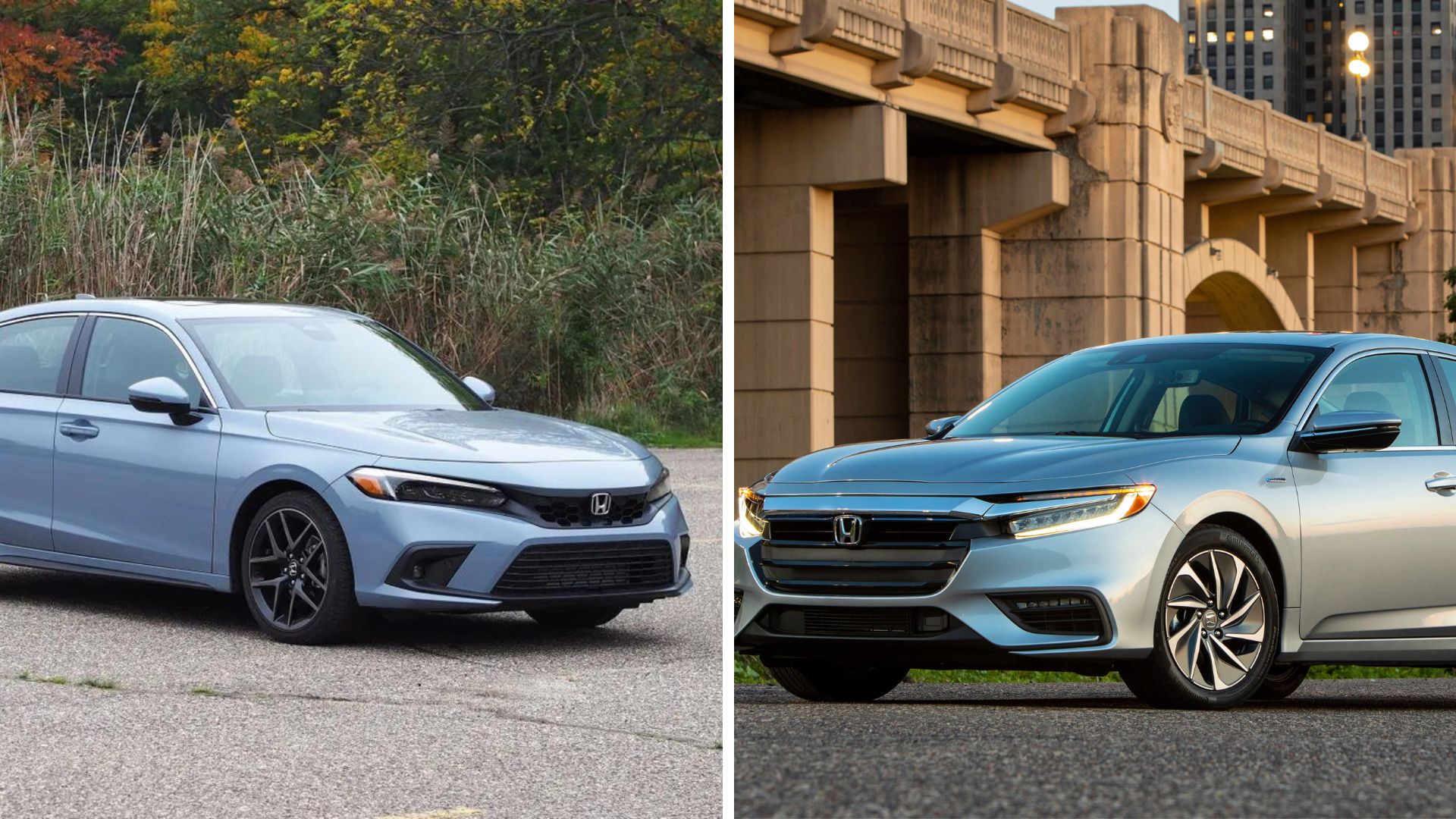
BSI comes standard on EX and Touring trims for Insight, and on the Sedan Touring for Civic, showcasing Honda’s commitment to including cutting-edge technologies in its eco-friendly and popular compact cars.
3. 2023 Honda HR-V
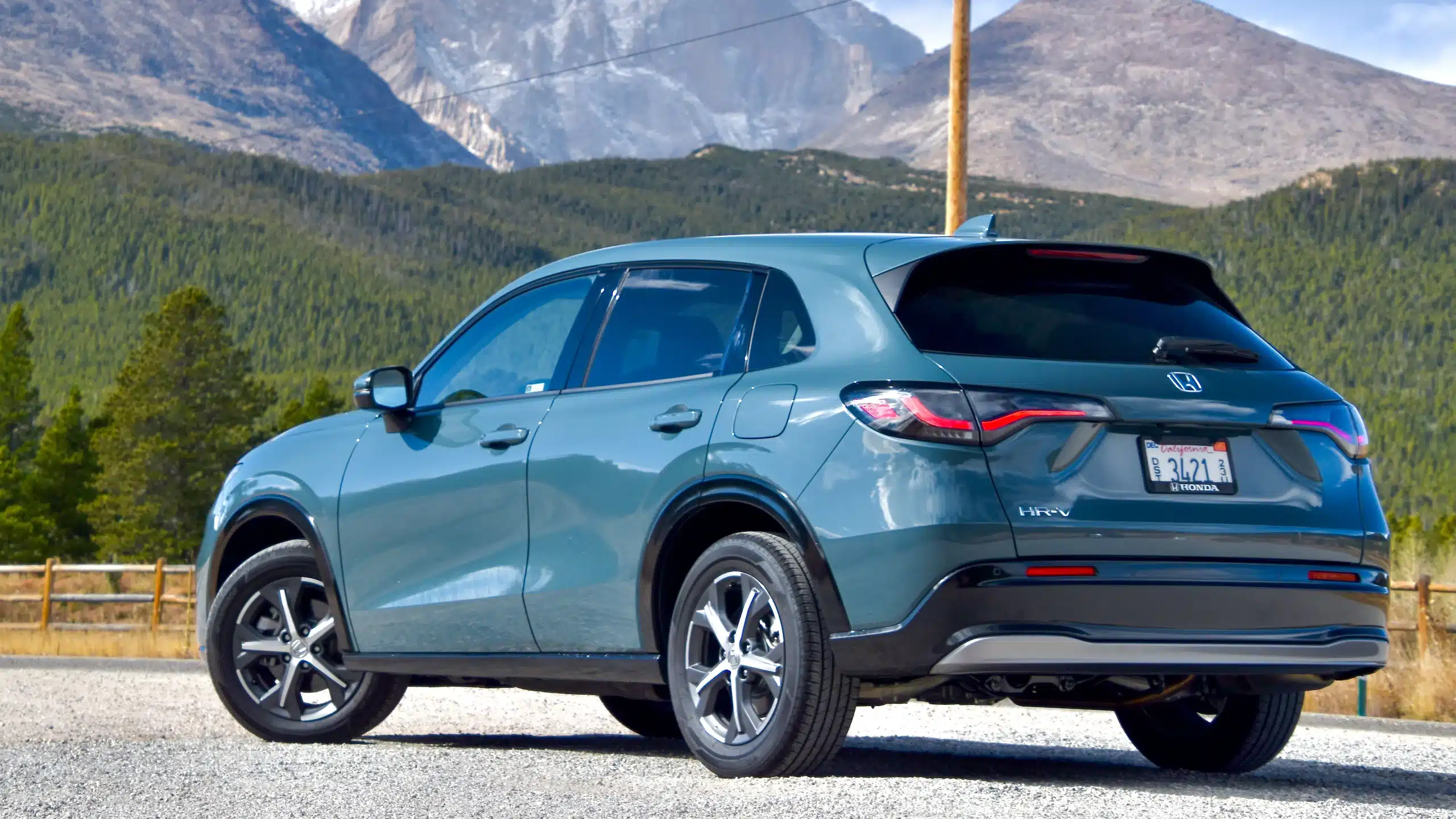
BSI is offered on the Sport and EX-L trims, extending safety features to crossover SUVs that cater to a wide range of customers.
4. 2022 CR-V, Passport, Pilot, and Odyssey
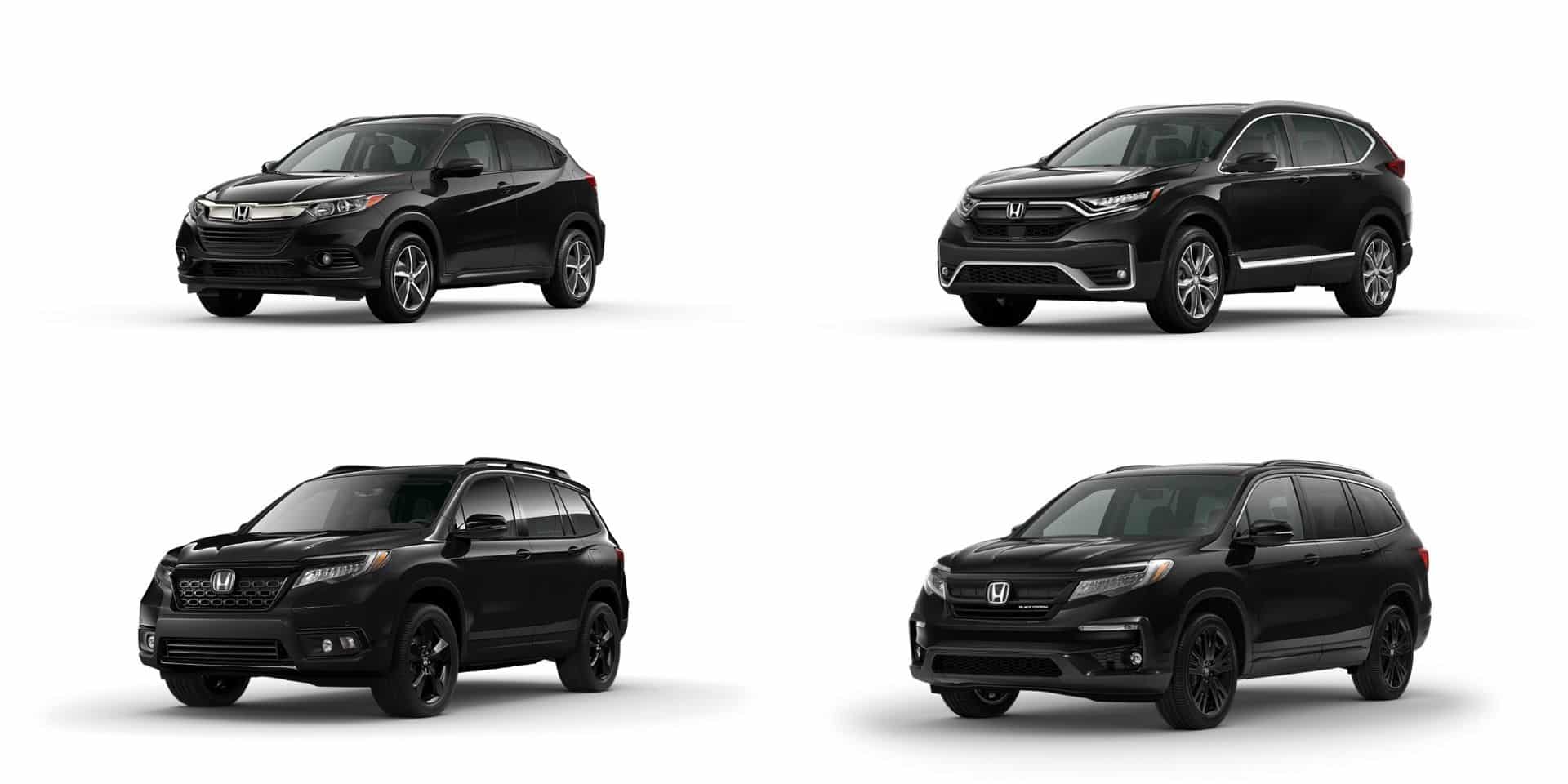
BSI is standard across many trims or included in specific higher trims, underlining its importance in family-oriented vehicles and larger SUVs designed for comfort and safety.
5. 2022 Honda Ridgeline
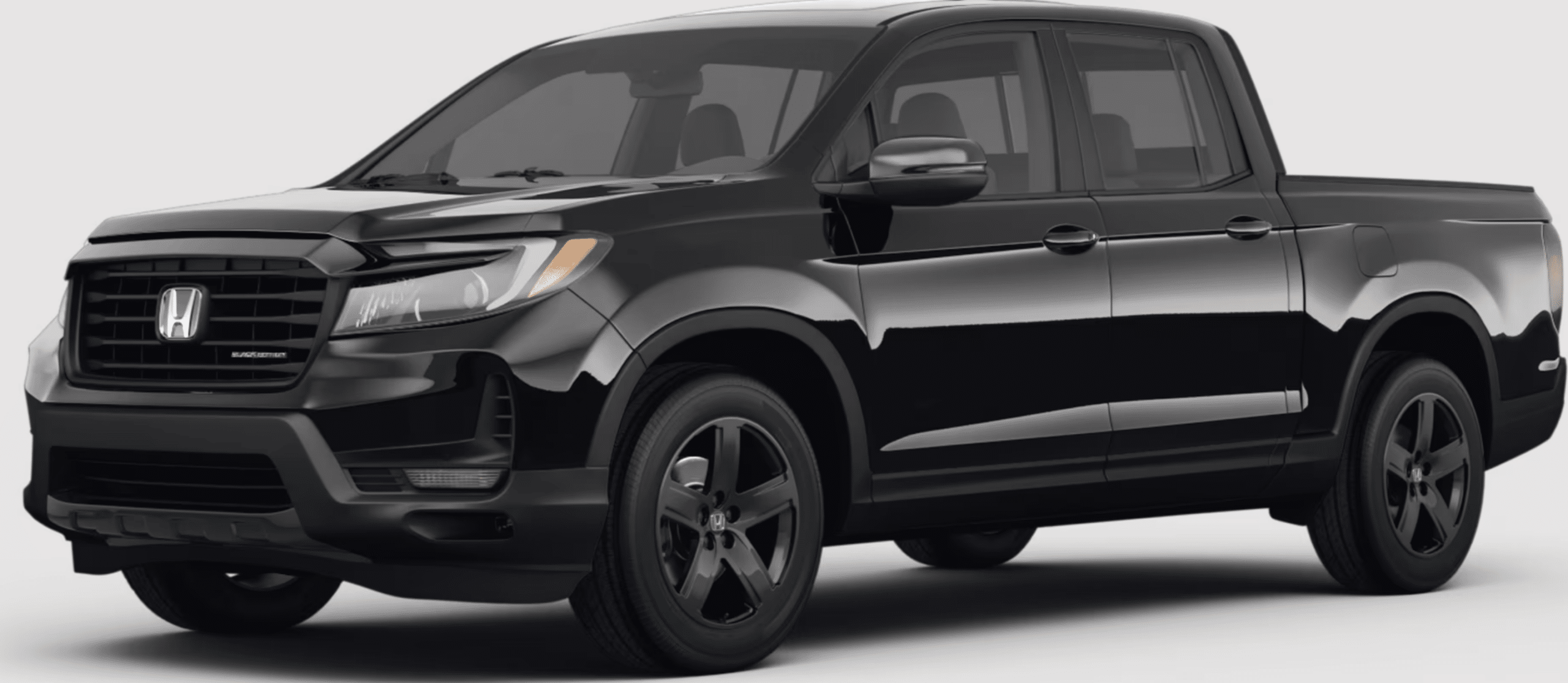
BSI is included, starting with the RTL trim, emphasizing the integration of safety features into utility-focused vehicles.
This detailed breakdown demonstrates Honda’s commitment to offering BSI technology across its diverse product range, ensuring that drivers of all preferences and needs can benefit from enhanced safety features.
The broad adoption of BSI technology in Honda vehicles offers numerous benefits to drivers, providing them with a safer and more confident driving experience.
By integrating this feature across various models and trims, Honda has made advanced safety technologies more accessible.
Looking ahead, Honda is likely to continue standardizing BSI technology across all trims, making it a fundamental feature in every vehicle it produces.
Moreover, as technology advances, we can expect Honda to introduce even more sophisticated safety systems that build upon BSI’s success.
For consumers, staying informed about the latest developments in Honda’s safety features will be key to making informed decisions when purchasing a new vehicle.
As Honda continues to prioritize safety innovation, drivers can look forward to a future in which accidents caused by blind spot-related incidents are a thing of the past.
Conclusion
Honda’s commitment to improving road safety through its continuous development of BSI technology is commendable.
From its humble beginnings to its current state-of-the-art form, the BSI system has become integral to Honda’s safety suite, offering drivers an extra layer of protection and peace of mind.
As Honda continues to refine and expand the availability of BSI across its model lineup, it sets a new standard for driver assistance technology in the automotive industry. With such dedication to innovation and customer well-being, it’s no wonder that Honda remains a leader in vehicle safety.
So, the next time you’re in the market for a new car, consider a Honda equipped with BSI—it might just be the best decision you make for your safety on the road.
Did you know that Honda’s innovative Blind Spot Information (BSI) system has been a key player in automotive safety since 2005? Discover how these technologies have evolved to offer better safety and convenience to drivers worldwide.
Interested in seeing how BSI works in action?
Visit [Honda’s Safety Features] to learn more and see a list of available models.
Frequently Asked Questions
What Is The Blind Spot Information(BSI) System And How Does It Work?
The BSI system uses radar sensors to detect vehicles in the driver’s blind spots and alerts them with visual and audible warnings, enhancing safety during lane changes.
Which Honda Models Come Equipped With The BSI System?
BSI is available on various Honda models, including the Accord, Insight, Civic, HR-V, CR-V, Passport, Pilot, Ridgeline, and Odyssey, with specific trim level variations.
How Can I Activate And Customize The BSI Settings In My Honda?
To customize BSI settings, go to the “Settings” menu on the Display Audio touchscreen, select “Vehicle,” then “Driver Assist System Setup,” and choose “Blind Spot Information.
At What Speed Does The BSI System Become Active?
The BSI system typically becomes active when the vehicle reaches around 20 mph (32 km/h) or higher to focus on higher-risk driving situations.
Is The BSI System A Replacement For Checking Blind Spots Manually?
No, BSI is not a replacement for manually checking blind spots. It is an assistive technology designed to complement safe driving practices, not replace them entirely.


